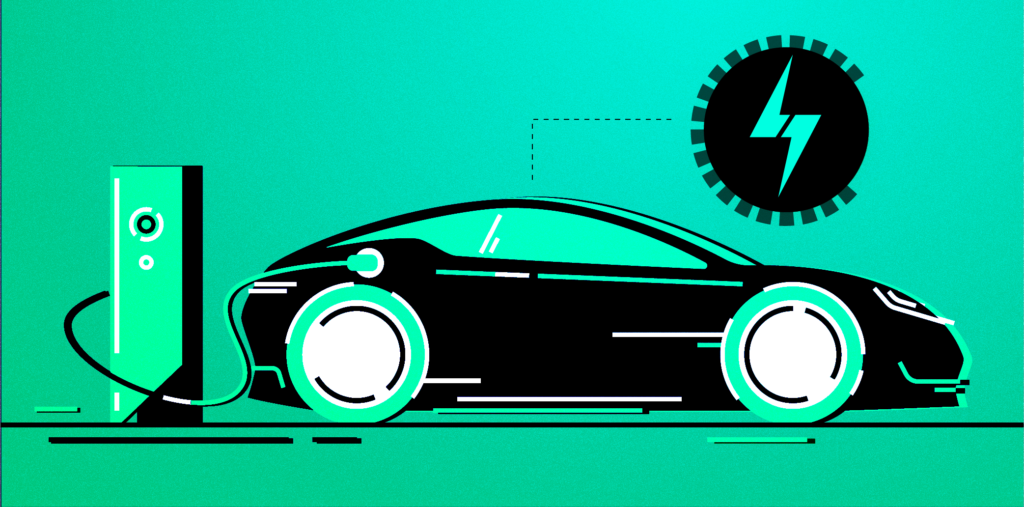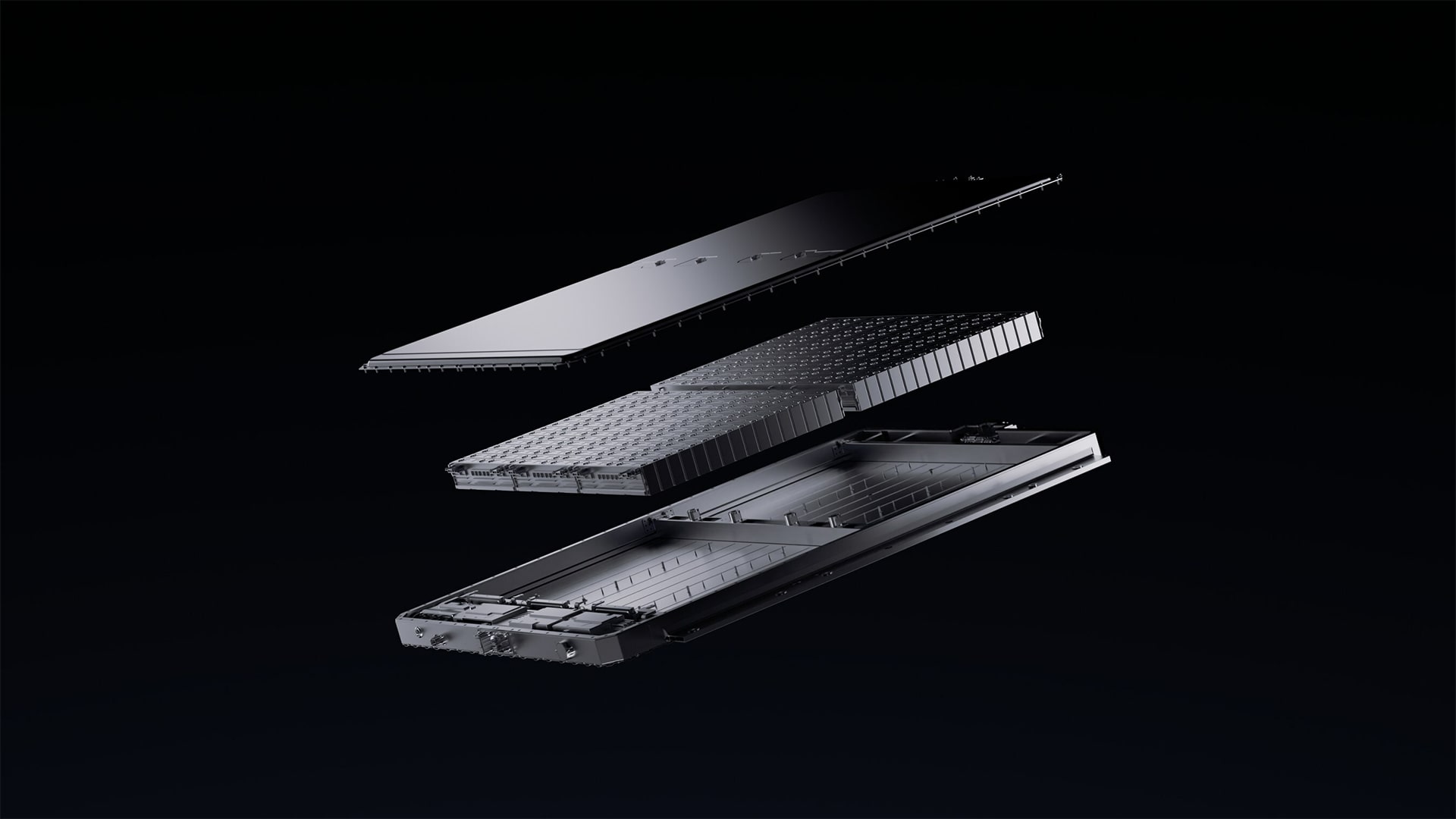Could the charging speed of electric vehicles soon reach new heights?
According to 36Kr, CATL plans to launch an EV battery with a 6C charging rate in the second half of 2024, marking the second generation of its Qilin battery. Automakers like Li Auto and Zeekr have had technical discussions with CATL about this new product but have not yet decided whether to integrate this technology into products set for release this year.
Meanwhile, BYD, which has not released new battery products for three years, is also preparing to launch fast-charging battery products. A source close to BYD told 36Kr that the second generation of BYD’s blade battery might be released in the second half of 2024, and that BYD is also developing a 6C battery.
To achieve a charging rate of 6C while maintaining high energy density, industry insiders speculate that a system that mixes lithium iron phosphate (LFP) and ternary materials might be used, marking a new direction for the industry.
Besides CATL and BYD, CALB announced at the end of 2023 that it would start mass producing 46-series large cylindrical batteries supporting a 6C charging rate in the fourth quarter of 2024. The company is also planning to mass produce and install 5C batteries, capable of charging up to 80% in ten minutes, in vehicles this year.
In the industry, the C-rate, synonymous with the C rating, is the unit used to indicate the charging rate of batteries, measuring the speed at which a battery is fully charged or discharged. For example, a 1C battery takes about an hour to charge from 0–100%, while a 2C battery would charge twice as fast, achieving a full charge in 30 minutes.
The Li Mega and the Zeekr 001 are equipped with CATL’s Qilin battery and Shenxing battery, respectively, both capable of reaching a 5C peak charging rate, enabling charging from 10% to 80% in about 12 minutes.
With traditional liquid batteries nearing the theoretical limit of energy density, a technical bottleneck has emerged in the battery industry. Solid-state batteries are meant to bridge this gap, though they are still far from mass production. Pure electric vehicles need more practical technologies to boost end-market sales, making fast-charging almost the only viable option in the interim.
Accordingly, automakers and battery developers are striving to make charging as fast as refueling, with such developments possibly ushering in the 6C era.

How to achieve a 6C charge rate?
Advancing toward the achievement of a 6C charge rate, and specifically 6C fast-charging capabilities, requires significant improvements not only in battery cell materials but also in overarching battery systems.
Firstly, on the material front, new solutions to incorporate include graphite and electrolytes suitable for fast-charging, separators, and an optimal mix of LFP and ternary materials to balance and stabilize battery performance.
An industry insider told 36Kr that CATL’s fast-charging batteries generally mix less than 5% LFP material into a ternary base. This approach, applied to Qilin batteries used by the Li Mega and Xiaomi SU7, can enhance safety and low-temperature performance.
Mixing ternary materials with LFP can combine some of the advantages of both, ensuring the quickness of charge while improving overall battery performance.
Secondly, higher charging rates result in more heat generation. Thus, fast-charging batteries need stronger cooling systems to control temperature and ensure safety.
The core of CATL’s Qilin battery architecture is extensive water cooling technology. Unlike traditional liquid cooling systems placed at the bottom of the battery cell, the Qilin battery’s design places liquid cooling plates between cells, ensuring greater heat dissipation and better battery performance.
Moreover, the flexible design of the Qilin battery’s liquid cooling plate can alleviate expansion and contraction issues that can occur during charging and discharging. This design increases the cooling area of the battery pack fivefold, achieving a maximum cooling power of 16 kilowatts, ensuring effective cooling under high charging rates.
BYD’s advancements in battery system cooling are also becoming evident, introducing battery cooling technology that utilizes direct cooling and heating with refrigerants.
Recently, BYD’s fifth-generation DM system introduced a new generation of hybrid blade batteries with significant improvements in direct cooling systems.
In the previous generation of hybrid blade batteries, BYD used a T-shaped cooling plate design, which did not fully cover the battery pack. The new generation uses an S-shaped cooling plate design, offering a larger cooling area and better temperature uniformity.
Currently, BYD’s models do not support fast charging above 4C, but the technological reserves are believed to be sufficient. BYD typically announces mass production once the technology is ready. When mass production of 4C or even 6C batteries is eventually announced, it is possible that refrigerant technology may become a key component.
While battery companies like CATL and BYD seem on track in their preparation to support 6C fast-charging, they risk having their progress derailed by the lack of ultra-fast charging infrastructure.
Lack of ultra-fast charging stations
China’s EV industry has been racing to enhance charging speeds ever since the Xpeng G9 adopted the 800V platform in 2022. New models like the Xpeng X9, Li Mega, Zeekr 001 and 007, and Xiaomi SU7 all offer fast-charging as a standard option.
In promotional materials, these cars claim to support 4C or even 5C fast-charging, but actual experience requires synergy with charging stations.
Currently, there are three broad types of charging stations: slow, fast, and ultra-fast. The EV industry currently lacks a unified definition of ultra-fast charging, but generally, charging stations with a power of over 120 kW can be considered ultra-fast.
However, to achieve 4C or even 5C charging rates, the charging power must exceed 360 kW, with 4C ultra-fast charging stations requiring a maximum power of 480 kW and a maximum charging current of 615A. Charging stations with such high power are rare, especially those supporting 5C rates.
The Li Mega, one of the few EV models currently supporting 5C charging, exemplifies this. Li Xiang, CEO of Li Auto, said on Weibo that the peak power of Li Auto’s 5C ultra-fast charging station is 520 kW, with an average power above 400 kW.
To enjoy such charging rates, users typically need to use 5C-rated stations. For instance, in Shenzhen, a key hub for new energy vehicles, the Li Auto app shows only three stations supporting 480 kW (5C) charging, with only three 5C chargers in total. Even after including all third-party charging stations supported by Li Auto, Shenzhen hosts a total of only 15 ultra-fast charging stations with a 480 kW capacity.
This means that even if users buy cars supporting 4C or 5C charging rates, the scarcity of ultra-fast chargers is likely to limit their experience.
Automakers and supply chain companies are working to resolve these issues. For example, Huawei plans to deploy over 100,000 fully liquid-cooled ultra-fast charging stations by 2024, with a maximum output of 600 kW and a maximum current of 600A. Nio and Zeekr are also actively promoting the construction of ultra-fast charging stations.
However, building 4C, 5C, or even 6C ultra-fast charging stations requires first the resolution of existing power grid capacity issues. One of the critical issues lies in the inclusion of energy storage capabilities, which can hike costs, making it difficult for companies to resolve alone.
No company wants to be left behind in this race. However, simply competing to bolster charging rates and boosting car-side charging speed without enhancing corresponding infrastructure is naivete and unlikely to fulfill the promise of making charging as fast as refueling.
Given the current scarcity of 5C charging stations, the practical appeal of 6C technology also seems limited, at least for the time being.
KrASIA Connection features translated and adapted content that was originally published by 36Kr. This article was written by Han Yongchang for 36Kr.

